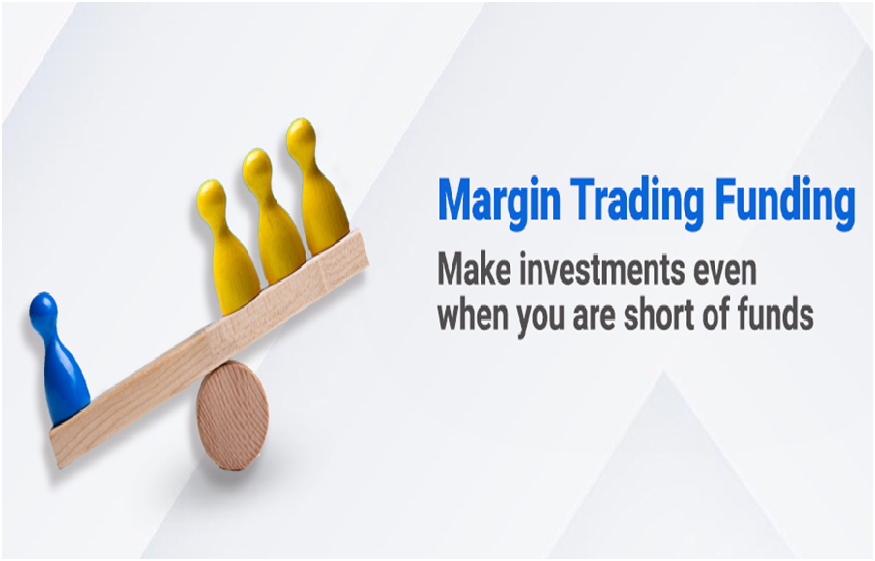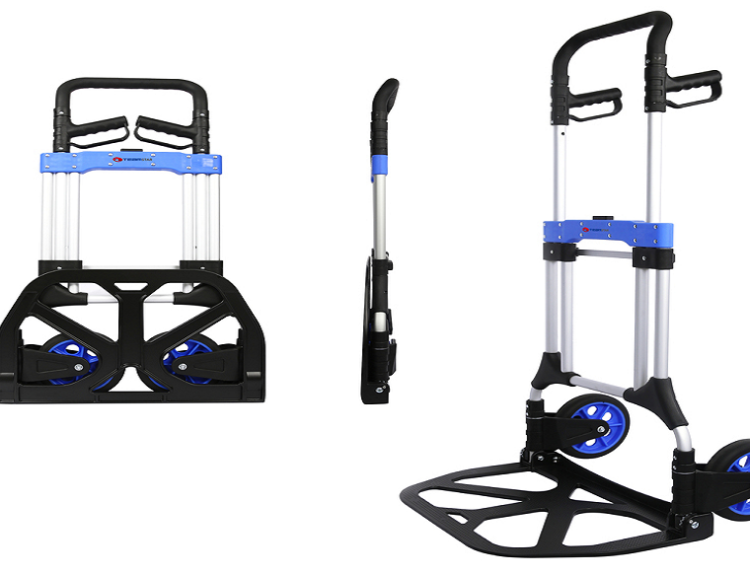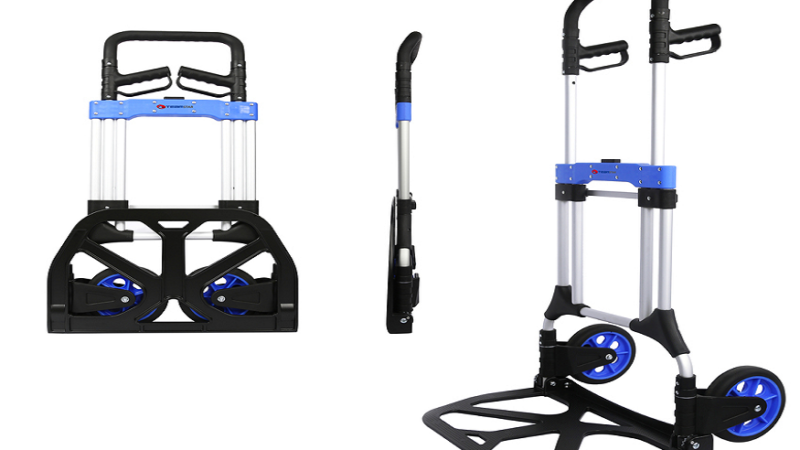Margin trading allows investors to borrow money from a broker to purchase securities, amplifying both potential gains and losses. While it can increase returns, it also introduces significant risks that traders must understand before engaging in it.
One of the primary risks of margin trading is amplified losses. Since investors are using borrowed funds, losses are calculated on the total investment, not just the investor’s own capital. This means that a small decline in the value of securities can lead to substantial losses, potentially exceeding the initial investment.
Another critical risk is the margin call. If the value of the securities in the margin account falls below a certain level, the broker may demand additional funds or securities to maintain the minimum margin requirement. Failure to meet a margin call can force the broker to sell the investor’s assets, often at a loss, without prior consent.
Interest costs on borrowed funds also pose a risk. Margin loans accrue interest, which can erode profits or deepen losses over time, especially in volatile markets or during long holding periods.
Additionally, market volatility can exacerbate risks. Rapid market swings can lead to sudden losses, making margin trading unsuitable for risk-averse investors.
Lastly, there’s the risk of forced liquidation. Brokers have the right to sell securities without notice if the account’s equity falls below maintenance requirements. This can result in realizing losses at unfavorable prices.
In conclusion, while a margin trading facility offers the potential for higher returns, it comes with heightened risks. Investors should carefully assess their risk tolerance, understand margin requirements, and use risk management strategies before engaging in margin trading.
Two Reasons to Choose a 3-in-1 Demat Account for Your Investments
A 3-in-1 Demat account is a seamless solution that integrates banking, trading, and Demat services under one platform. This type of account simplifies investment management, making it ideal for both beginners and experienced investors. Here are two key reasons to choose a 3-in-1 Demat account for your investments:
1. Seamless Transactions and Convenience
One of the biggest advantages of a 3-in-1 Demat account is the effortless integration between your bank account, trading account, and Demat account. When you buy shares, the required funds are automatically debited from your bank account, and the purchased securities are stored in the Demat account. Similarly, when you sell shares, the proceeds are credited directly to your bank account. This eliminates the need for manual fund transfers and reduces the chances of delays or errors. The smooth connectivity between the three accounts makes trading hassle-free and ensures faster execution of transactions.
2. Enhanced Security and Reliability
A 3-in-1 Demat account, offered by reputed banks and financial institutions, provides a high level of security and reliability. Since all transactions happen within the same ecosystem, the risk of fraud or unauthorized access is minimized. Additionally, banks offering these accounts often have advanced encryption and authentication measures, ensuring the safety of your funds and investments. The added trust factor makes it a preferred choice for investors looking for a secure and efficient investment platform.
Conclusion
A 3-in-1 Demat account streamlines the investment process by providing convenience, speed, and security. If you want a hassle-free and integrated approach to investing, this type of account is an excellent choice.










